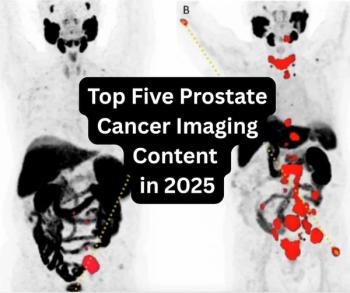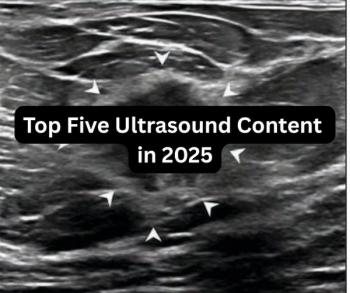
Computer simulation predicts impact of equipment on PACS
Hospitals typically add or upgrade radiology department scanners without considering how the new equipment will affect PACS performance. Some administrators argue that there is no other way to do it. But Sergio Camorlinga, Ph.D., research and development manager of TRLabs in Winnipeg, MB, may have found a better way.
Hospitals typically add or upgrade radiology department scanners without considering how the new equipment will affect PACS performance. Some administrators argue that there is no other way to do it. But Sergio Camorlinga, Ph.D., research and development manager of TRLabs in Winnipeg, MB, may have found a better way.
In a presentation last week at the Society for Imaging Informatics in Medicine meeting, Camorlinga outlined how one or more PCs can be used to simulate equipment planned for future installation. The PCs are programmed to transmit to the network the type and amount of data likely to be generated by the new equipment additions.
"You can simulate all of the scanners you want in one computer, or you can put a computer in each place where you would be installing a new scanner, so you have a realistic view of their impact on the network," he said.
Camorlinga and colleagues developed and tested such a prototype on a simulated network, producing graphs of data loads placed on the PACS. The prototype tool, or slave, is programmed to generate specific amounts of data at certain times throughout the day. A master node built into the PACS gauges the effect on data transfer times.
"Say we want to add a new CT scanner, and we know that this scanner will produce a new case every 10 minutes," he said. "We can configure this in the slave and simulate the transfers."
The best, worst, and average performances of the PACS are then plotted against a set of data loads pushed onto the network. The analysis can form the basis of a plan to smooth the process of future installations.
"The idea is that if you notice an impact on the other users, you can see how to upgrade the network and maybe minimize the impact," he said.
Gauging the impact of new hardware on the network is the most immediate application, but computers might also be programmed to judge the effects of changing conditions within the network. One example is a physical reorganization marked by the changing location of scanners or workstations.
"With this tool, administrators can see if the transfer time statistics are within tolerance parameters for the hospital," Camorlinga said. "This will tell them quickly whether the network has to be changed, which, in the end, can save time and money."
Newsletter
Stay at the forefront of radiology with the Diagnostic Imaging newsletter, delivering the latest news, clinical insights, and imaging advancements for today’s radiologists.




























